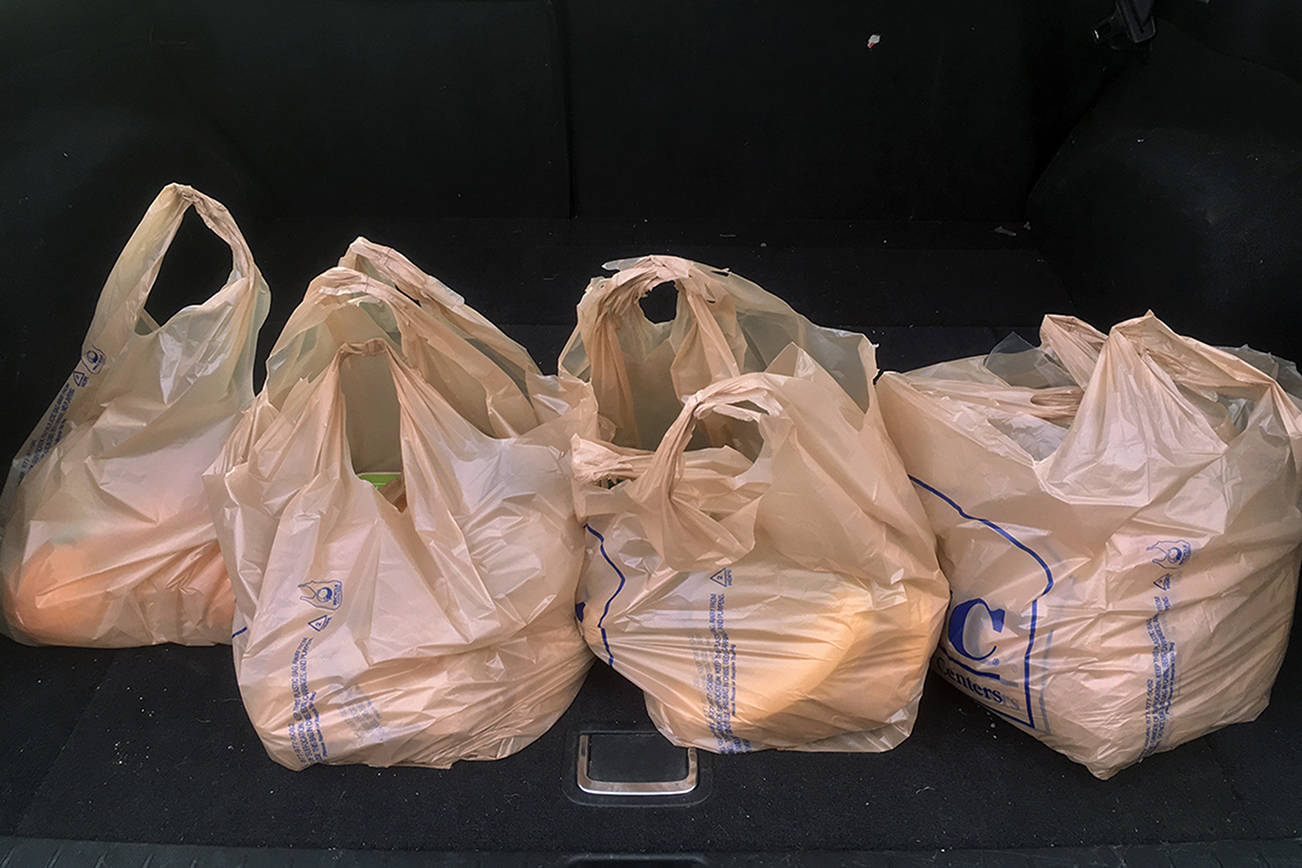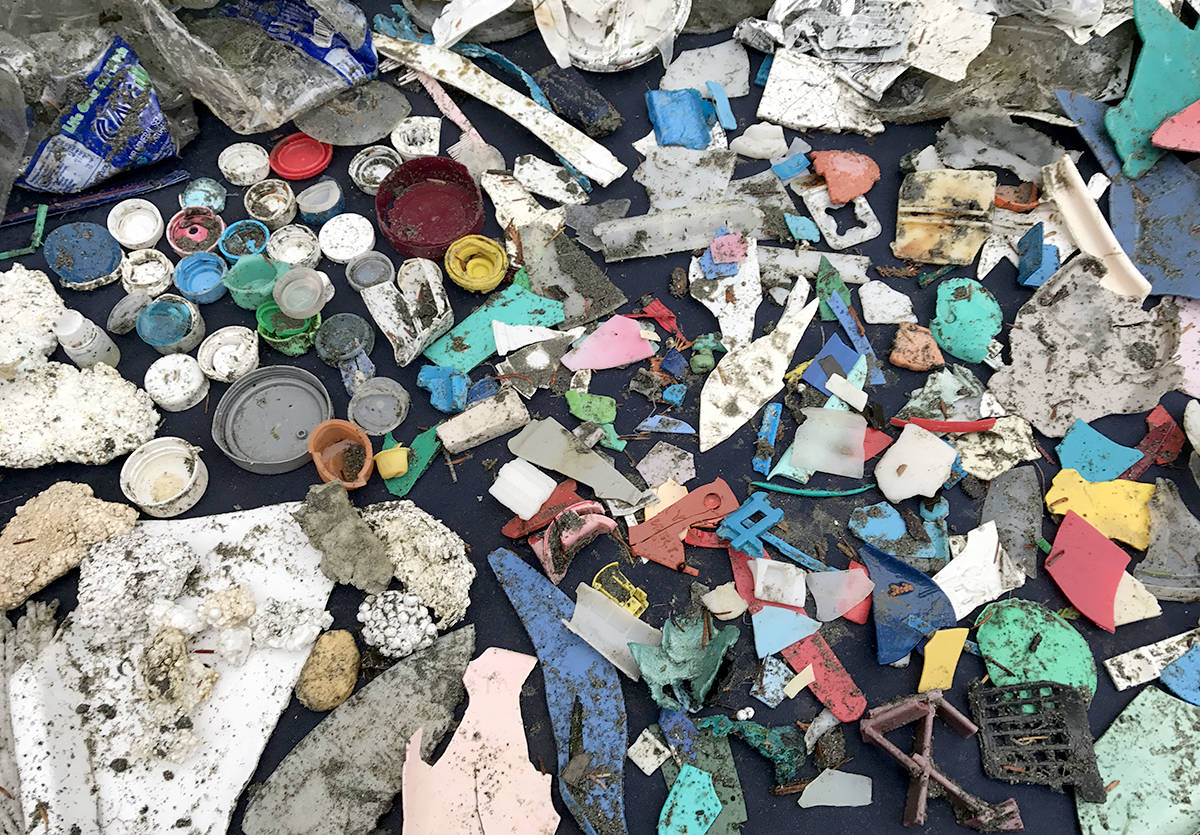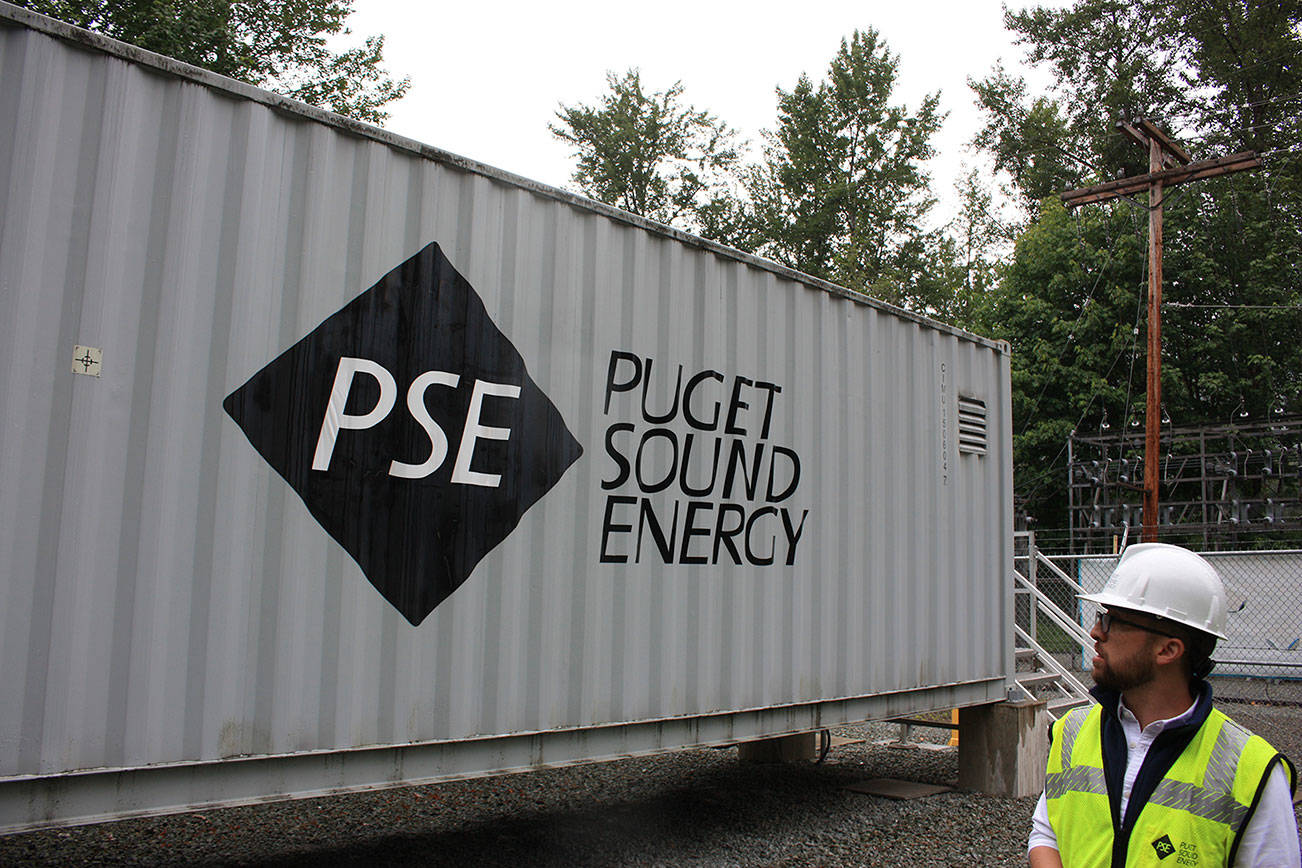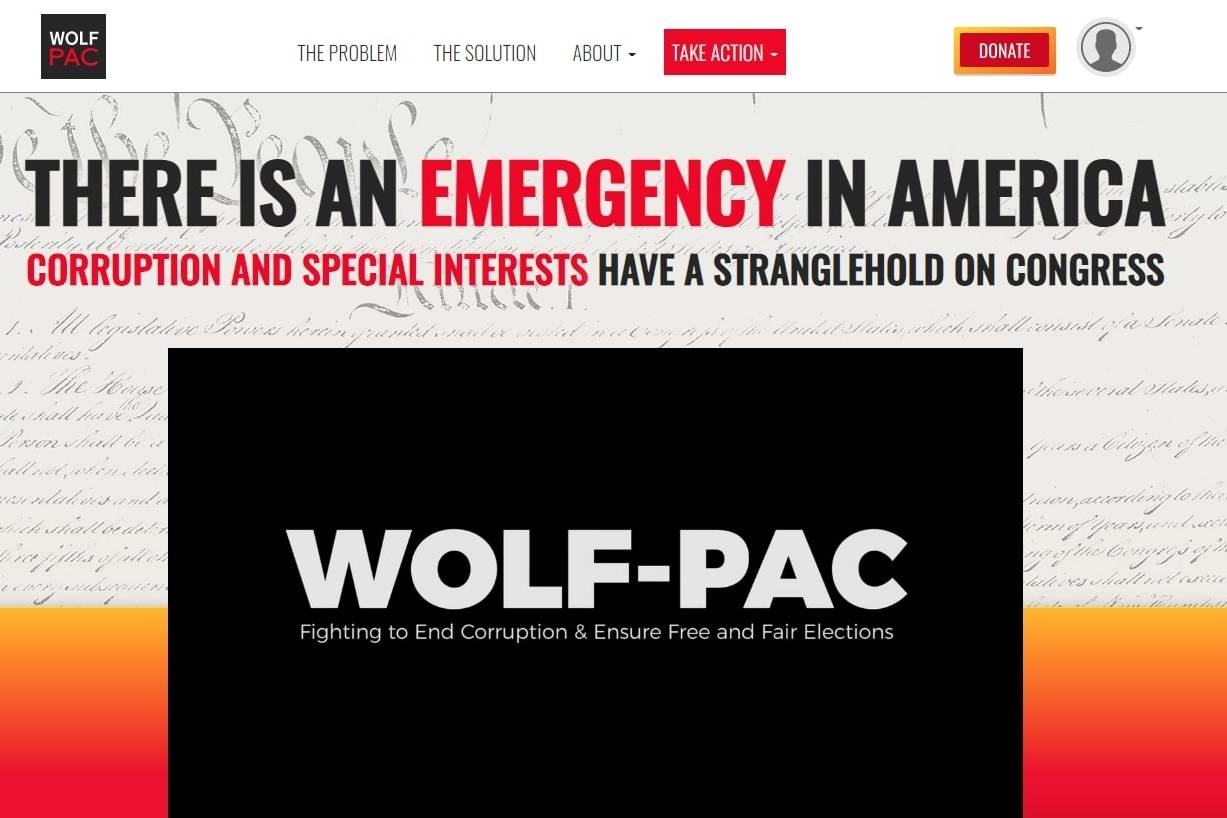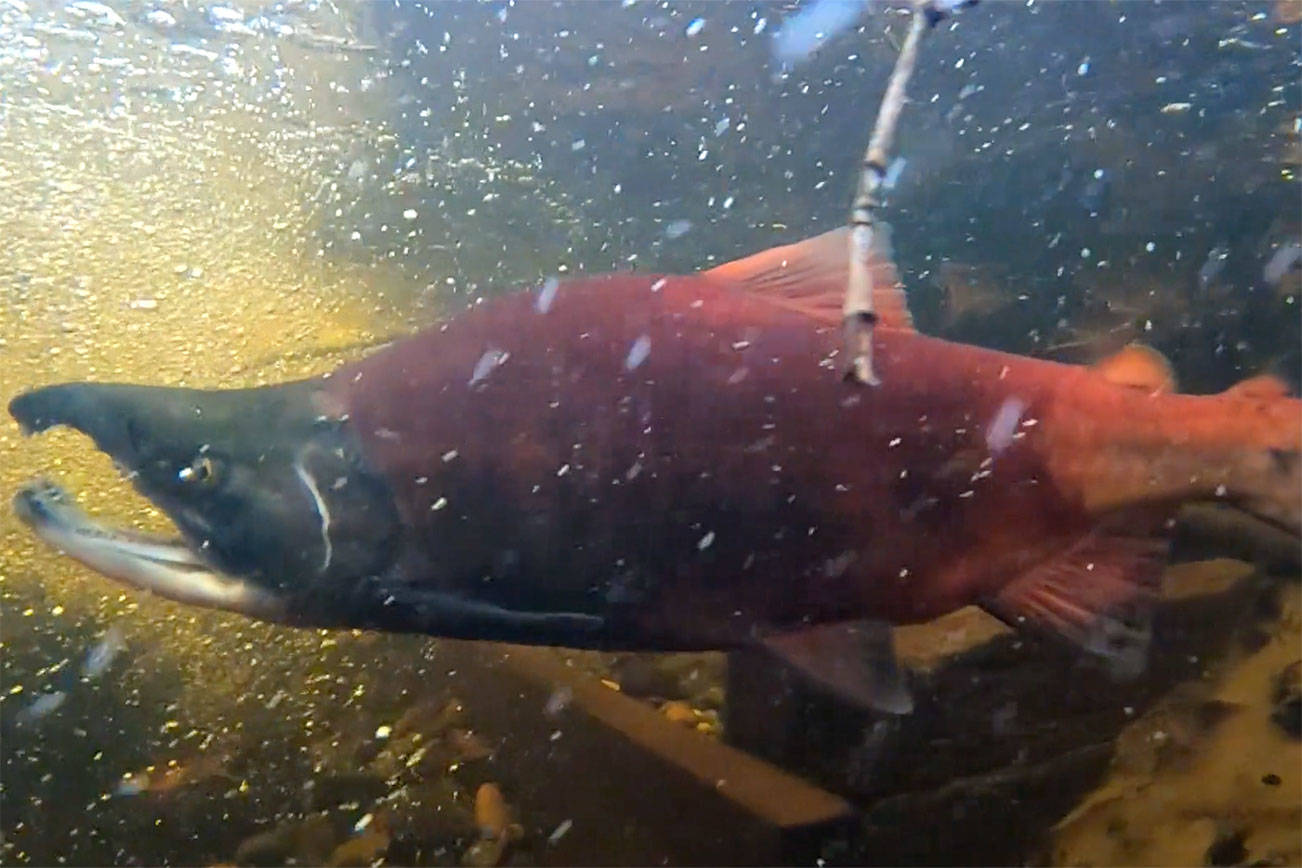Once a plastic product is made it will end up in one of three places — the landfill, the natural environment or in an incinerator. And as production of plastic continues to increase around the world, there are limited ways of dealing with it in King County or abroad.
Plastics only began being made in earnest since the 1950s. Between 1950 and 2015 there were 7,800 megatons (a megaton is 1 million tons) of plastic produced worldwide, but around half of that has been created since 2002, according to a study published in Science Advances. To put that number into perspective, that’s the weight equivalent of 23.4 million Boeing 747 airliners. Plastics take hundreds of years to degrade if they degrade at all, and in that time the often contaminant-laden products break down into small pieces that can make their way into the soil, ocean or human food chain.
Plastics also fill up landfills with waste that doesn’t break down. King County’s Cedar Hills Regional Landfill near Maple Valley buried 107,000 tons of plastics in 2018, a substantial portion of the 888,000 tons of waste the landfill buried that year. While things like food waste account for a larger portion, plastics do not break down at the same rate. On top of this, as more products are being individually wrapped in plastic, companies are making new forms of it.
“The plastics that we’re dealing with 10 years ago are different now,” said Jeff Gaisford, the county’s Solid Waste recycling and environmental manager.
Products that used to be packaged in paper, metal or glass — materials that are more easily recycled — are now being packaged in smaller portions with plastics. In a 2015 report from the Washington State Department of Ecology, the King County landfill received 53,739 tons of of plastic bags and wrap from housing and commercial sources alone. Newer types of plastics can confuse consumers as to which ones can be recycled, and collection programs vary by region. Sorting this plastic is more intensive because of the variety of plastics that are manufactured and used.
King County reports its plastic recycling rate is around 18 percent, which is higher than the national level, which is around 9 percent, according to the U.S. Environmental Protection Agency. Globally, around 18 billion pounds of plastic waste flows into the oceans every year, or the equivalent of five grocery bags of plastic trash on every foot of coastline around the world, according to National Geographic. Some 91 percent of all plastics produced worldwide are not recycled.
Around 40 percent of plastic products are made for single-use packaging that are meant to be used and quickly disposed. Because plastic is made from fossil fuels and other ingredients, many of which are toxic, around 8 percent of the world’s oil is used to directly produce plastic and to power its manufacturing, a number that is expected to rise to 20 percent of world oil by 2050, according to National Geographic.
Fate of plastics
Researchers have begun studying how to deal with plastics and how recycling interacts with its full life cycle. One of them is Roland Geyer at the University of California at Santa Barbara’s Bren School. He penned a study in 2017 with co-authors laying out the life cycle of plastics.
The study found that plastics have three fates. They can be recycled and turned into a secondary material, but this only extends its useful life. Ultimately, it will either end up in a landfill, the ocean or the terrestrial natural environment as trash — or burned in a garbage incinerator, which may generate power or not.
The study found that around 60 percent of all plastics ever produced were sent to landfills or ended up in the environment as trash. Only 12 percent were burned and 9 percent were recycled. Both Europe and China do a better job at recycling than the U.S., according to the study.
“The same properties that make plastics so versatile in innumerable applications — durability and resistance to degradation — make these materials difficult or impossible for nature to assimilate,” the study reads. “Thus, without a well-designed and tailor-made management strategy for end-of-life plastics, humans are conducting a singular uncontrolled experiment on a global scale, in which billions of metric tons of material will accumulate across all major terrestrial and aquatic ecosystems on our planet.”
To complicate things even more, recycling really only works if the reclaimed plastics are turned into products that reduce the amount of new plastics being made, according to the study. In 2015, there were 407 megatons of plastics produced from new materials and only 302 megatons left circulation, resulting in a net increase, the study said. While the plastics leaving the cycle was not only due to recycling, it means humans are making more new plastics than we’re disposing.
“It’s outgrowing even global GDP and pretty much everything else,” Geyer said. “Not only are we producing a tremendous amount of plastic every year, we are making more new plastic year after year… that’s pretty sobering.”
Part of the reason why companies keep making new plastics instead of recycling is because it’s cheaper. Because plastics are made from fossil fuels, their prices are directly tied to the cost of crude oil and natural gas. In 2017, using recycled plastics was 7 percent more expensive than making new products, and in 2018, it was 3 percent, Geyer said.
“Any sort of financial support of recycling is needed to make it more competitive economically,” Geyer said.
While Geyer said he didn’t know what a specific public policy would look like, he said plastic manufacturers need incentives to use recycled plastics in their products. And well-meaning policies can have unintended consequences as plastics producers find other ways to keep making profits. Anecdotally, Geyer said the plastic bag ban in California has led to new, thicker bags, which are marketed as being reusable, but he’s not convinced people actually reuse them.
An unintended consequence of pushing toward using renewable energy sources in both the electric and transportation grids, Geyer said, is that fossil fuel companies are beginning to invest in plastic manufacturing to keep profits up. A 2017 article in The Guardian found fossil fuel companies are among a coalition of businesses that have pumped $180 billion into starting new plastics facilities since 2010.
This has been fueled by a shale gas boom in the U.S., according to The Guardian, which has significantly dropped the price of natural gas.
“The ready availability of cheap fossil fuels is fueling, pun intended, this constant growth of plastics production,” Geyer said.
Impact on food, soil and health
While there is much research on the effects of plastic in the ocean — think mountains of bottles drifting across the Pacific, sea turtles choking on six-pack rings and fish with bellies full of microplastic beads — the effects of plastic in ground soil is “appallingly” under-studied, Geyer said. Degrading plastics often turn into microplastics — small chunks that can be filled with toxins. These toxins could be leaching into soils, and if they get small enough could potentially make their way into the human body through terrestrial food sources or water.
A recent study in the journal Environmental Science and Technology estimated that the average American consumes between 39,000 and 52,000 pieces of microplastic every year through food alone. This increases to up to 121,000 pieces when inhalation is considered, and no one really knows what that means for human health, according to the study. Exposure to microplastics for infants and children corresponds to developmental effects, hormonal disruption, immune system problems, thyroid effects and cancer, according to one study.
Some places may be better at reusing and managing plastic waste than others. British Columbia, for example, saw lawmakers create an organization called Recycle BC in an attempt to make plastic producers foot the bill for recycling. The model is unique in North America, though it has precedent in Europe.
Dave Lefebvre, director of public affairs for Recycle BC, said the provincial government created the program five years ago and mandates that around 13,000 companies fund the program, which manages the collection and selling of the recycled materials. The majority of the plastics it produces and recycles are sent to a manufacturer in the Vancouver area, which turns it into plastic pellets that can be sold — and which avoids having to ship nearly any of it internationally.
This keeps taxpayers from footing the bill for recycling and also gives buyers of the collected plastics some stability.
“By guaranteeing a very large supply of plastic to that end market, that incentivizes investment on their part,” Lefebvre said.
Over the past five years, because Recycle BC could guarantee an end market, there was more than $20 million invested into the industry of plastics recycling. It also allows the creation of a uniform system of collection so consumers across the province know what types of plastic can be recycled. Around 75 percent of packaging and paper products were recycled in the province in 2017.
But ultimately once plastic is produced, there may be no good way to deal with it.
“Once plastic is produced, it’s in the world,” Geyer said. “It’s there and it doesn’t go anywhere.”
